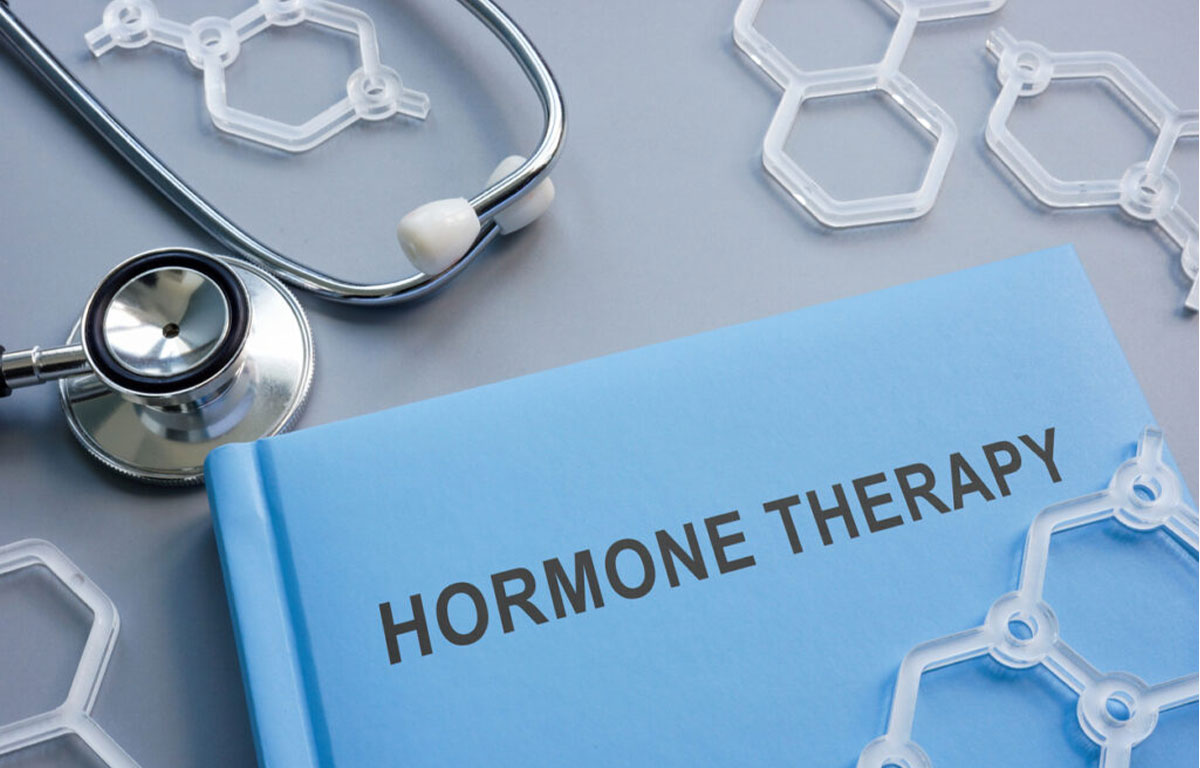HORMONE PELLET THERAPY

Bioidentical hormone pellets are small, hormone-filled implants placed under the skin to balance hormone levels. They offer a consistent, long-term release of hormones, often used in hormone replacement therapy.
About Hormone Pellet Therapy For Men
Bioidentical hormone pellets are a form of hormone replacement therapy designed to help individuals manage hormonal imbalances. These small, solid pellets, typically made of bioidentical hormones, are inserted under the skin, often in the hip or buttock area. The hormones used in these pellets are chemically identical to those produced by the human body, which can help ensure that they are effectively utilized and minimize the risk of adverse reactions. Once implanted, the pellets gradually release hormones into the bloodstream over several months, providing a steady and consistent supply.
The benefits of bioidentical hormone pellets include their long-lasting effect and convenience. Unlike daily oral medications or frequent topical applications, pellets require minimal maintenance once they are in place. This method helps maintain stable hormone levels, potentially alleviating symptoms associated with hormonal imbalances such as fatigue, mood swings, and hot flashes. Additionally, the gradual release reduces the likelihood of hormonal fluctuations, which can be a common issue with other forms of hormone replacement therapy.

How it Works
Maximum efficiency
These pellets maximize efficiency by providing a consistent, controlled release of hormones over several months, ensuring stable levels and sustained symptom relief. Their personalized dosing minimizes fluctuations and reduces the need for frequent adjustments.
Comfort of procedure
The comfort of testosterone therapy varies with the method: gels and patches are convenient and easy to use at home, while injections, though effective, canThe insertion of bioidentical hormone pellets is a minimally invasive procedure, typically performed under local anesthesia, which ensures minimal discomfort and a quick recovery. Once placed, the pellets require no daily maintenance, adding to overall convenience and comfort.be less convenient. Implants provide a long-term solution but require a minor surgical procedure. Choosing the best option involves discussing preferences and concerns with a healthcare provider.
Persistent effects upto 6 months
Bioidentical hormone pellets provide persistent effects by releasing hormones gradually over a period of up to four months. This extended release ensures stable hormone levels and sustained symptom relief throughout the duration.
Certified drug safety
These pellets are crafted from FDA-approved, bioidentical hormones, ensuring certified drug safety. Their consistent, regulated formulation minimizes risks and enhances treatment reliability.
Candidates for Hormone Pellet Therapy
Those people who experiences:
- Menopause
- Andropause
- Fatigue
- Mood swings
- Hot flashes
- Low-maintenance
Schedule a Free Consultation
It just takes a few minutes to book a visit online.

